Why Coffee Prices Are Rising (And What It Means for Your Morning Brew)
Coffee isn't just your morning ritual.
It's your warm-up lap, your daily comfort, your first small win of the day.
But behind that cozy cup lies a stormy reality: the price of coffee is at an all time high.
Let’s demystify the C-Market and uncover what these shifts mean for the coffee industry.
What Is the C-Market?
No, it's not a jazz ensemble or a new crypto token.
The C-Market is the global benchmark for green (unroasted) Arabica coffee. Managed by the Intercontinental Exchange (ICE), this market sets the baseline price, called the C-Price, for commodity Arabica beans; specialty coffee pricing is built on this C-Price.
Think of the C-Market like the stock market, but for coffee.
Random aside: did you know that coffee is a soft commodity? Soft commodities are futures contracts for agricultural products that are grown rather than mined, e.g., sugar, cocoa, coffee, wheat, and corn.
Ok, back to the C-Market.
Similar to the price of other soft commodities, C-Price has generally increased over the last decade. And since late 2024, it’s been climbing like a squirrel up an acorn tree.

What’s driving the recent increase? Two main factors:
1. Climate Disruption
Brazil, which supplies roughly 40% of the world’s Arabica coffee, is enduring one of its most severe droughts in decades.
Add extreme heat, unpredictable rains, and shifting growing seasons, and you've got a recipe for stressed plants and reduced yields.
The ultimate result: reduced supply.
2. Labor Shortages
Across Latin America and East Africa, the size of experienced workforce is continually shrinking.
Experienced labor are leaving coffee industry for alternatives that offer better pay and work conditions.
This is particularly problematic during harvest season when farmers bring inexperienced labor who must be trained (at an added cost) in order to maintain an appreciable level of productivity.
Meanwhile, global demand keeps rising. Coffee is booming in emerging markets, from Southeast Asia to Eastern Europe, and the specialty segment is growing fast.
More people want better coffee.
What’s Happening at the Farm Level?
A rising C-Price can mean better pay for coffee producers.
That’s great news for an industry where farmers have historically borne the brunt of risk while earning the smallest slice of profit.
But here’s the catch:
Production costs are rising, too. Ongoing trainings for workforce, equipment, necessary upgrades and innovations for continued productivity… all these contribute to increasing costs for farmers.
So while the numbers on paper look promising, the reality is more complex.
This is why the specialty coffee industry is pushing for longer-term solutions: Direct trade models, shared ownership, community financing, and farmer-led cooperatives.
At Katï Coffee, we’re committed to sourcing responsibly.
Working with importers who prioritize equity (paying prices that reflect real value, not just market trends) and innovation (like practice regenerative farming, exploring more climate-resilient varieties) across the value chain.
Because even when the market gets unpredictable, your cup should remain extraordinary.
Why does this matter to us, as coffee consumers?
Perhaps you've already seen slightly higher prices at your favorite cafe or online roaster. And now you know what's behind it.
Coffee is more than a drink.
It is a global story of weather patterns, economic systems, cultural traditions, and human resilience... and that story is ever changing.
Next time you purchase a bag of coffee beans, think of it as a vote:
For fairness, sustainability, and the future of coffee farming.
Your choices (what you buy, who you support, what stories you share) shape the future of coffee.
So stay grounded. Stay curious.
Ask questions.
And let your morning cup be more than just routine.
Let it be revolutionary.

